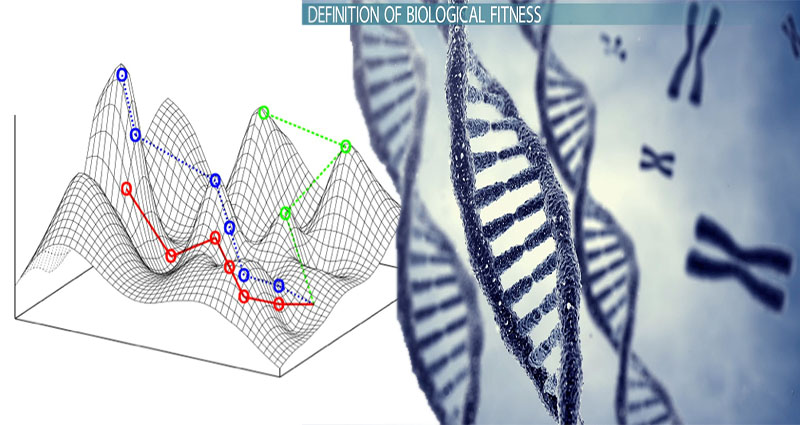Evolutionary Biology Example
Natural selection moves genes uphill. For example, an AATGCCG could become AAAGCTG or AAAGCCG. Sequences can change one site at a time, but evolution does not view the whole landscape at once. This can lead to populations getting stuck on an adaptive peak that does not represent the global adaptive peak. A rugged fitness landscape has many local optima, while a smooth fitness landscape has few. To understand the role of fitness landscapes in evolution, let’s look at a fitness landscape.
Evolution
The study of evolutionary biology focuses on the idea that fitness determines reproductive success. Fitness is the proportion of an individual’s genes that will be passed on to the next generation. Genetic differences in an organism’s fitness will affect the frequency of the genotype and make it more likely for it to survive and reproduce. This process is known as natural selection and is a fundamental principle of … Read More










